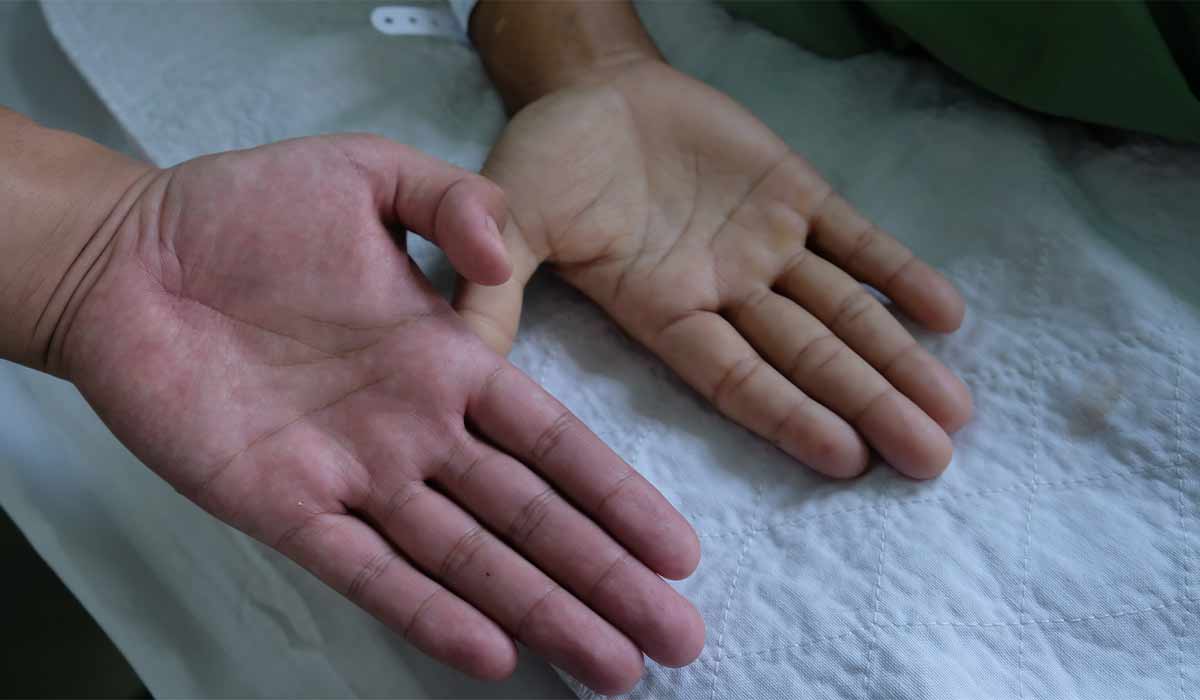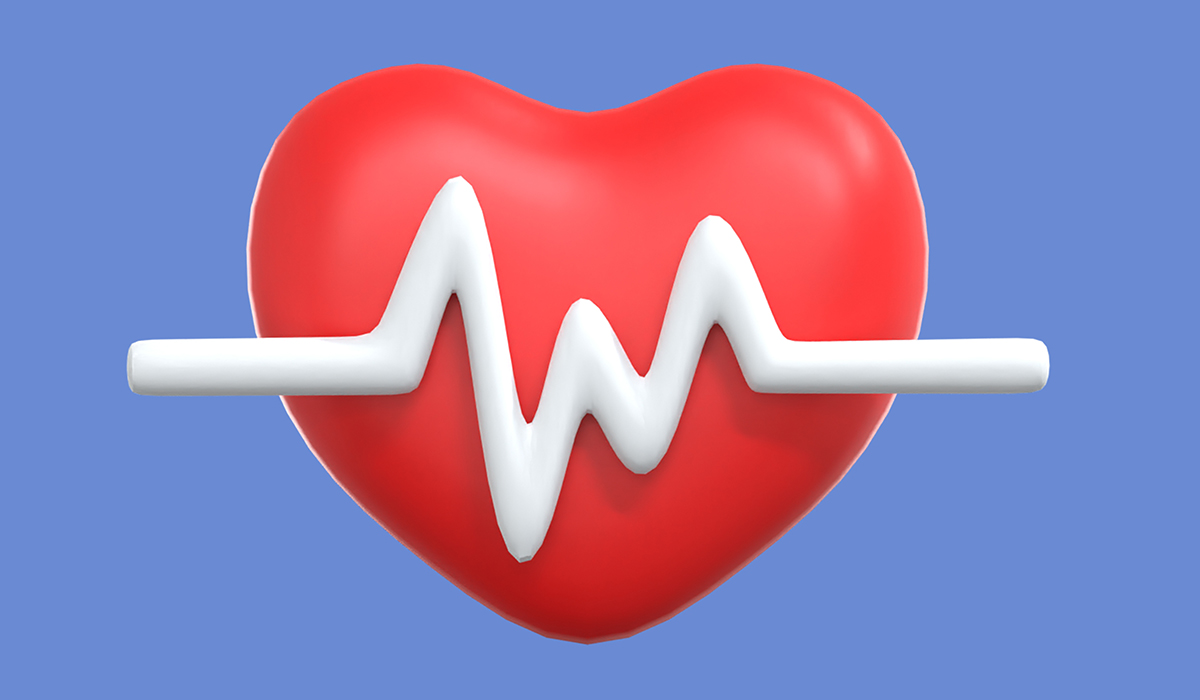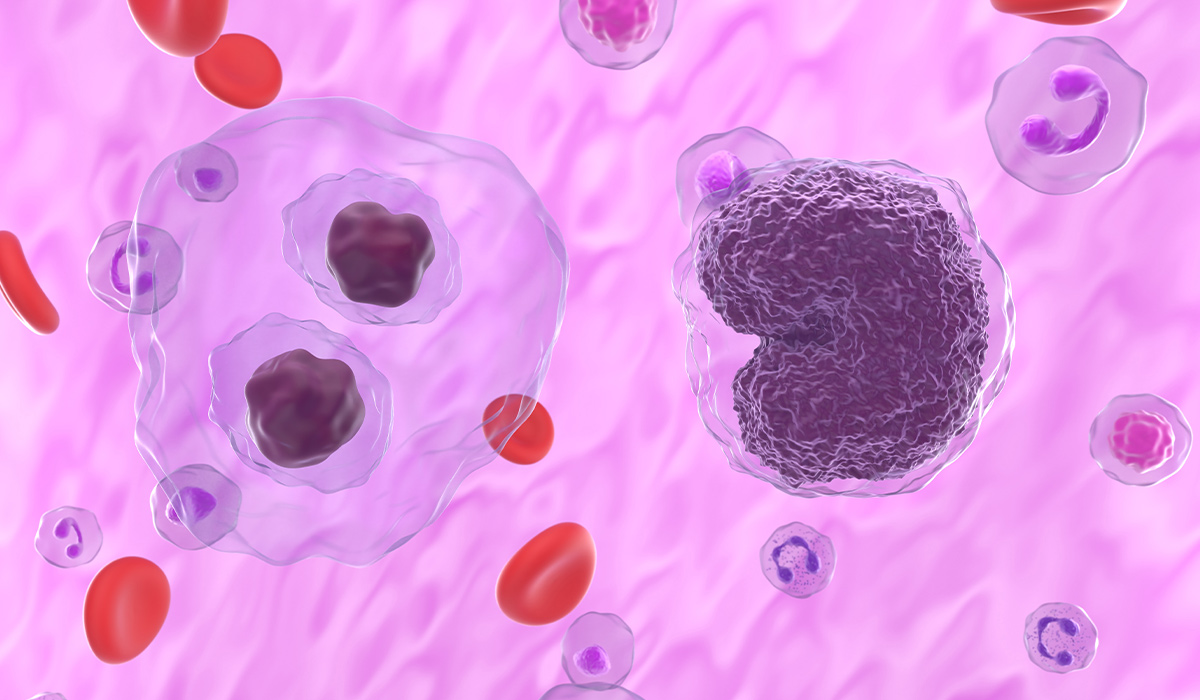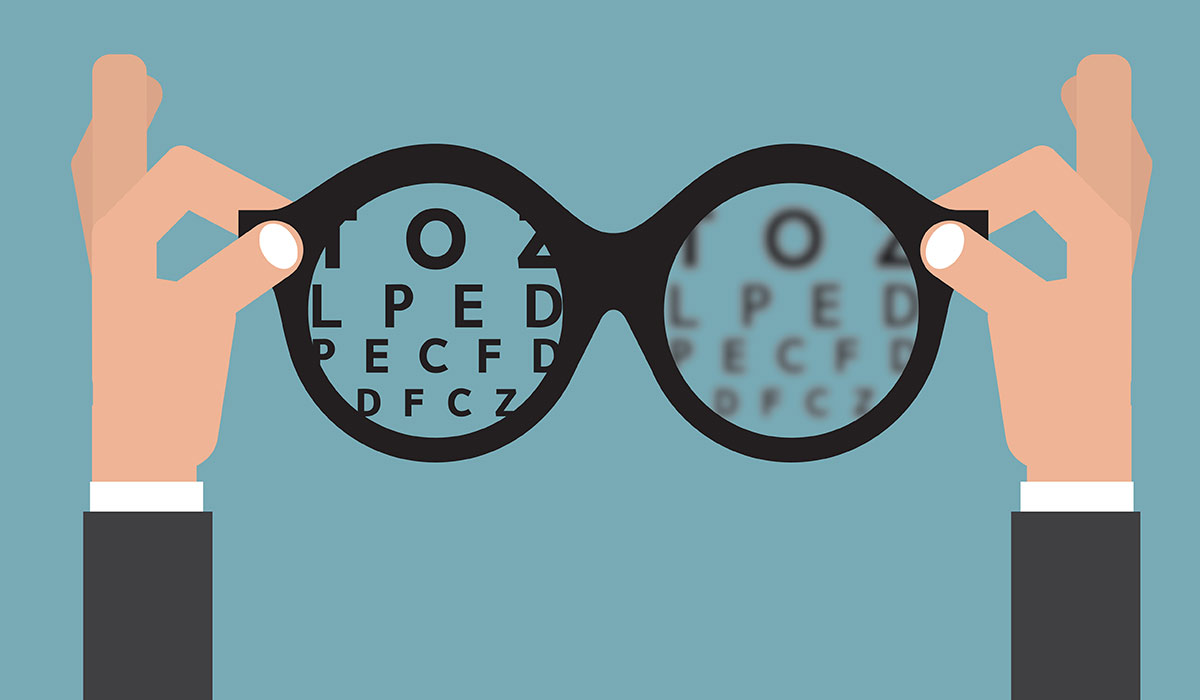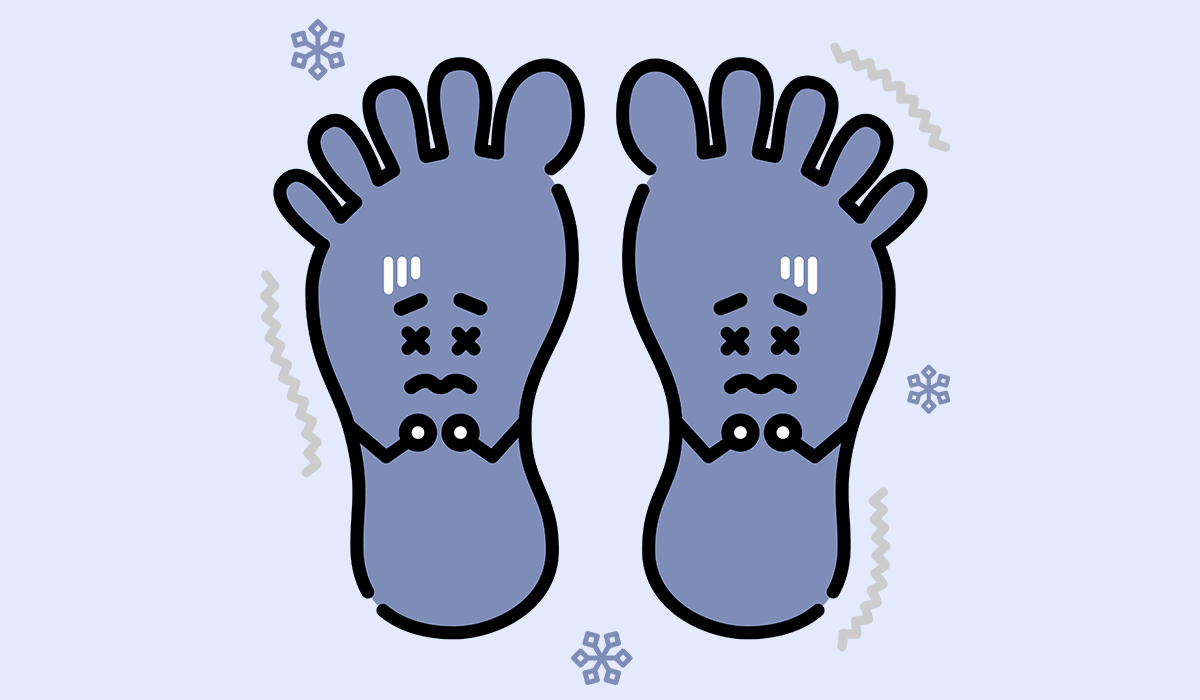The disease is insidious and develops within a few weeks. In some cases, periods of remission alternate with exacerbations of symptoms. If left untreated, the deterioration of the functioning of the joint system continues to progress. Currently, with modern treatment, most patients achieve remission of the disease.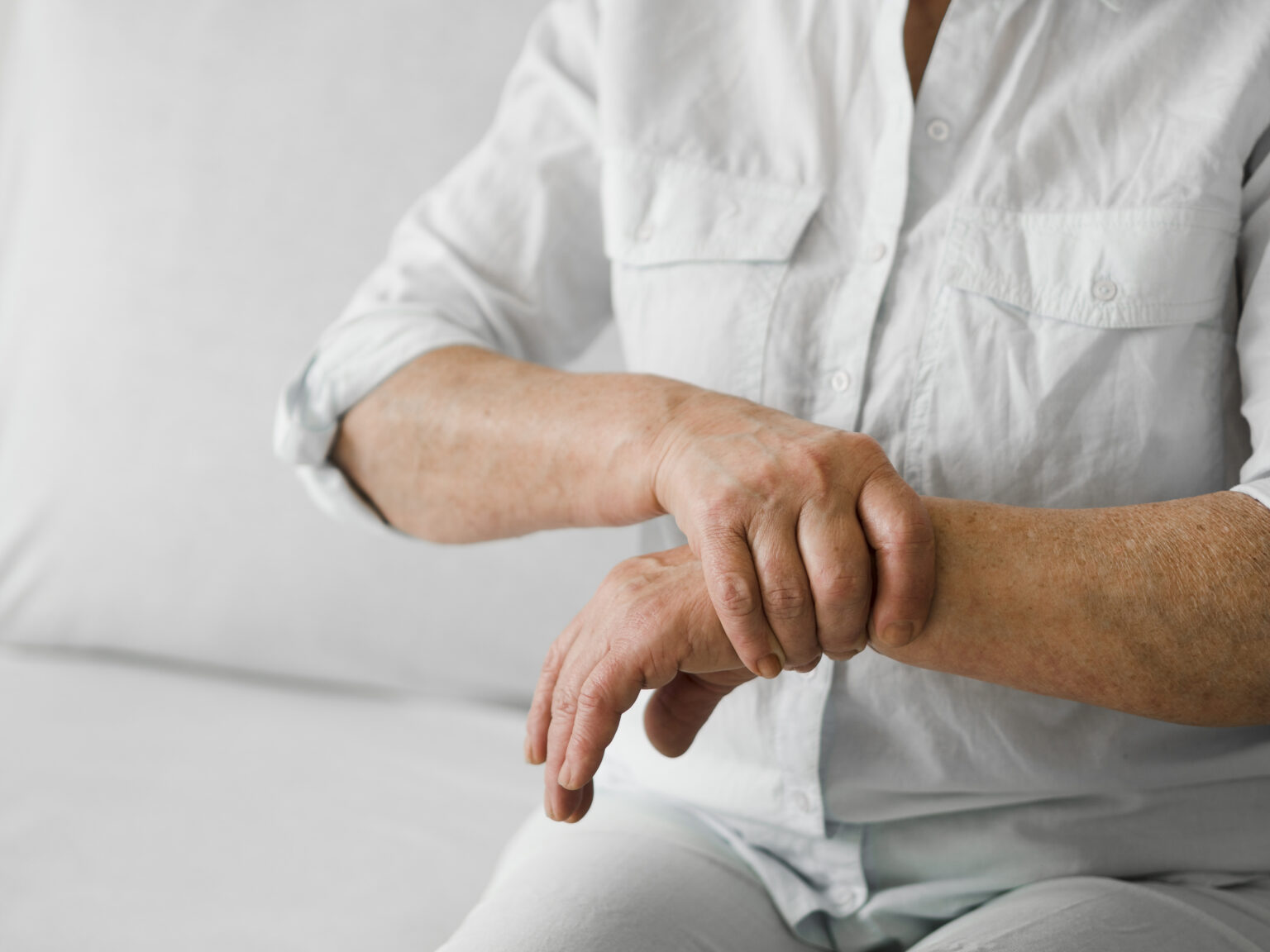
Symptoms
In most patients, rheumatoid arthritis develops insidiously. It can take several weeks or even months before the manifestation becomes so intense that it requires medical help. Less often, patients encounter a sudden disease development (within a few days).
In the first place, individuals often experience general signs resembling common cold or flu, e.g., weakness, low-grade fever, muscle pain, loss of appetite, and weight loss. The symptoms can precede or accompany articular signs.
The condition generally involves the same areas on both sides of a person’s body. An uncommon start of the disorder is inflammation of one large joint or the illness spreading to many joints. Symptoms of arthritis include:
- Pain and stiffness – most problematic after waking up or a time of not moving the join; it occurs after inflammatory fluid collects in the tissues and those bulges
- Swelling is the consequence of the growth of the synovial membrane, which creates the pannus; effusion can also be generated by inflammatory synovial fluid overproduction.
- Tenderness of the affected place to touch
- Limited mobility – the impacted joint loses the ability to perform the whole spectrum of movements.
- Joint deformation – is a result of a long-lasting condition
Other Conditions
Rheumatoid arthritis is a systemic condition that impacts the joints and organs. It occurs significantly in the long-term, severe conditions:
- Rheumatoid nodules – painless subcutaneous nodules, most frequently found near the elbows, hand joints, and further places exposed to pressure; they may also appear in internal organs
- Atherosclerosis – its accelerated growth is the consequence of activation of inflammation
- Heart – the following can happen: ischemic heart disease and infarction (both of them resulting from atherosclerosis development), pericarditis, cardiomyopathy, and impairment to heart valves. Manifestation of these conditions include chest pain, shortness of breath, and reduced movement tolerance
- Vessels – it leads to ischemia of different internal organs
- Lungs – rheumatoid arthritis enables pleurisy and interstitial pneumonia. These conditions induce a dry cough, shortness of breath, and chest pain
- Osteoporosis – rheumatoid arthritis and glucocorticosteroids used in its treatment greatly accelerate osteoporosis development
- Eyes – a standard sign is dryness syndrome induced by conjunctivitis, which is described as the feeling of sand or an unfamiliar thing under the eyelids
- Nerves – a rare but severe complication is tension on the spinal cord induced by subluxation of the vertebrae in the cervical spine – its manifestations include headache, sensory disturbances (numbness, tingling, decreased pain sensation), and weakness or paresis of the limbs
- Kidneys – the condition itself and the medications used may harm the kidneys
- Hematological disorders – in the course of long-term conditions, mild anemia and an irregular number of white blood cells frequently appear
When Should You Visit a Doctor?
If you experience joint pain and swelling, see a doctor immediately. Individuals who supposedly have rheumatoid arthritis should be under the maintenance of a specialist. Prompt diagnosis defines the usefulness of therapy, and if it is started early enough, there is even a possibility for permanent remission of the condition.
In rheumatoid arthritis, complications can appear that demand urgent medical intervention. Most often, specialists can prevent and treat them effectively.
Contact the doctor urgently if you experience:
- Exacerbation of the disease (intensification of pain, stiffness, and swelling of joints, low-grade fever, weakness, or weight loss)
- You have recently had a joint puncture performed, after which you experienced significant pain, swelling, and increased warmth of the joint or fever
- Cough, shortness of breath, or chest pain
- Reduced workout tolerance
- Abdominal pain and dark-colored stools or with blood
Causes
The exact cause of rheumatoid arthritis is unknown, although scientists point to the multifactorial nature of rheumatoid arthritis. Aspects that play a role in the development of the condition include:
- Genetic burden – there is a predisposition to the occurrence of rheumatoid arthritis in closely related individuals, but the hereditary element itself does not cause the condition – so the existence of RA in a parent does not indicate that the disorder will occur in kids, but the risk of its occurrence is higher in them
- Deficiency of the immune system – leads to incorrect recognition of own tissues as hostile and production of autoantibodies aimed at eliminating them; several genes accountable for this procedure have been recognized (including HLA DRB1 histocompatibility genes)
Risk Factors
Risk factors for rheumatoid arthritis include:
- Female gender
- Genetic factors
- Environmental factors (infection with specific bacteria, viruses, or mycoplasmas)
- Disorders in the immune system (tendency to excessive immune response)
- The existence of the so-called rheumatoid factor (it points to the autoimmune nature of the condition)
- Stress – in some individuals, the disorder starts after experiencing severe stress
Diagnosis
Diagnosing rheumatoid arthritis is a process that involves several significant steps. It should include physical, imaging, laboratory, and genetic tests. It is the gold standard for detecting arthritis.
Although imaging tests are more sensitive in diagnosing synovitis, it should be remembered that these are only ancillary tests. If rheumatoid arthritis is suspected, the number of painful and swollen joints should be assessed. It is associated with the destruction of joints. The number of swollen joints indicates a diagnosis of RA more than pain.
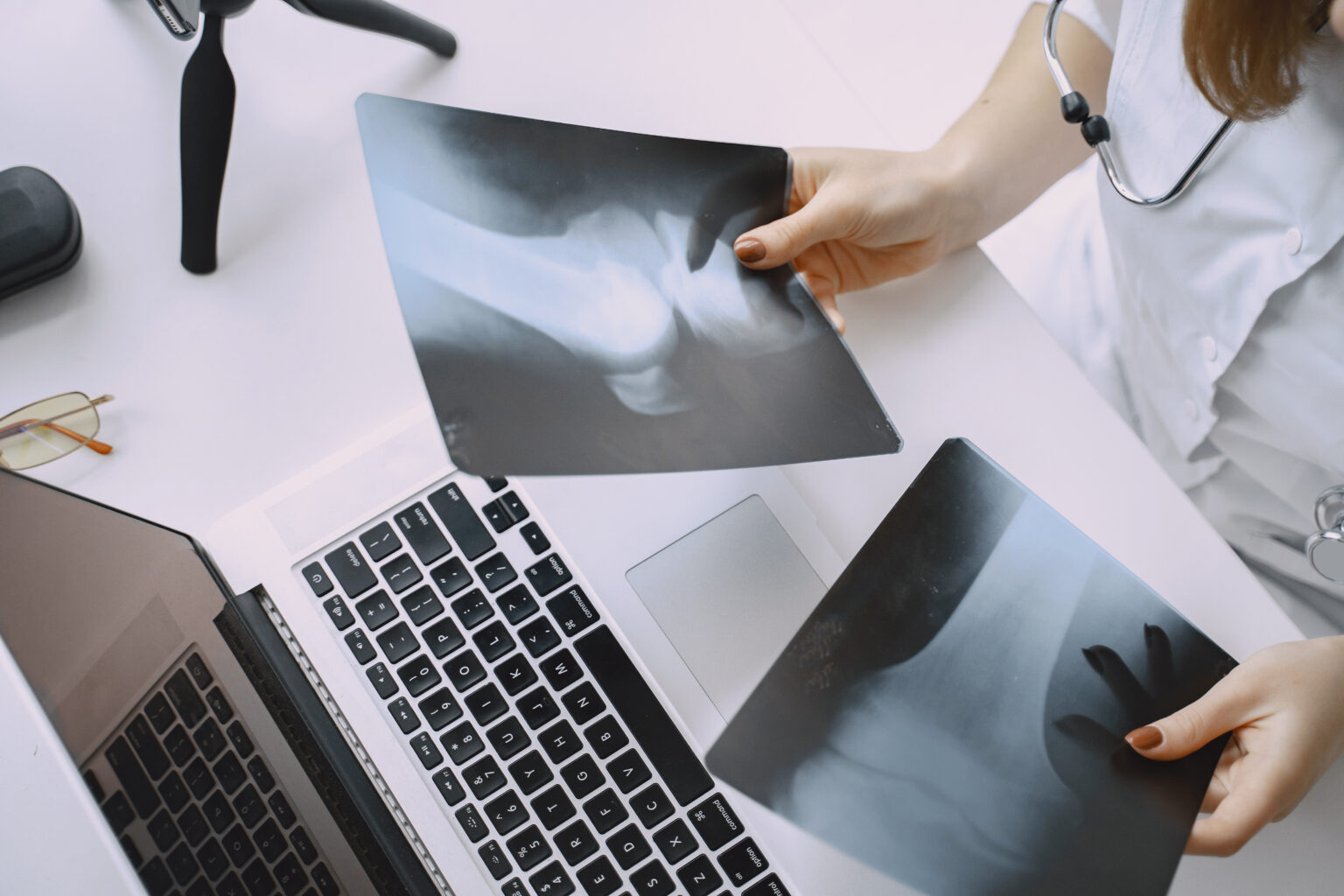
Laboratory Tests
Laboratory diagnostics play a significant role in its detection, ensuring accurate and rapid detection and enabling monitoring of disease progression. Basic laboratory tests that are part of the diagnosis of rheumatoid arthritis include blood tests for the presence of specific antibodies: rheumatoid RF factor and antibodies against cyclic citrullinated peptide (anti-CCP).
Although specialists often use RF and anti-CCP testing, it is not specific only to this disease. Those tests may also detect antibodies in other autoimmune disorders. Hence, to improve diagnostic precision, specialists often use supplemental tests, such as measuring C-reactive protein (CRP) and erythrocyte sedimentation rate (ESR), which indicate overall body inflammation.
In the diagnostic process of early rheumatoid arthritis, other connective tissue diseases that may cause arthritis and require different therapeutic procedures should be excluded. When differentiating arthritis, attention should be paid to certain characteristic features of arthritis or extra-articular symptoms that may suggest a disease other than RA.
Treatment
Currently, rheumatologists use the EULAR guidelines to plan appropriate therapy for the patient. According to the recommendations, the most important thing is to start intensive therapy as soon as possible to achieve remission.
This is due, among other things, to the fact that doctors and researchers believe that there is a so-called window of therapeutic possibilities in the initial stages of the disease, so quick treatment gives a chance to stop further progression and avoid the need for chronic drug use.
One of the significant principles within these guidelines is frequent assessment of treatment progress every 1–3 months, assuming that if there is no improvement or remission achieved after 3 to 6 months after starting therapy, the treatment should be changed.
Rheumatoid arthritis treatment includes:
- Education
- Pharmacological treatment
- Rehabilitation
- Surgical (orthopedic) treatment
Education
Education includes many programs organized by foundations throughout the country. It is significant that the patient understands the disease and knows how to try to control it.
Pharmacotherapy
Drug treatment includes several groups of drugs:
- Non-steroidal anti-inflammatory drugs (NSAIDs)
- Paracetamol
- Glucocorticosteroids
- Disease-modifying antirheumatic Drugs (DMARDs)
Virtually all patients with rheumatoid arthritis require more than one drug to treat their disease, including at least one disease-modifying drug. Treatment must be carried out quickly and in appropriate doses to ensure maximum suppression of the disease and minimize the side effects of treatment.
Rehabilitation
Physiotherapy is an integral element of the comprehensive rehabilitation of a patient suffering from RA. Thanks to it, the patient has a chance to function better, reduce the intake of painkillers, and improve the quality of life. The specialist should adapt it to the individualized patient’s current condition.
During the remission period, treatment should be intensive and focused on physical exercises. This phase aims to:
- Improve the functioning of joints and peri-articular tissues
- Increase the range of mobility
- Develop new movement patterns
- Nourish joint cartilage
- Increase muscle strength
- Eliminate joint contractures
Exercise, especially group exercise, also brings mental and social benefits. The following exercises are used to achieve the above effects: stretching, weight-bearing, resistance, dynamic, respiratory, and aerobic of moderate and high intensity, as well as specialized methods and tissue mobilizations.
During the exacerbation of the disease, passive, self-assisted, isometric, and breathing exercises are used. The therapeutic goal in this phase is to maintain the functional range of motion in the joints and relieve pain. The use of orthoses and auxiliary equipment is of great importance as it reduces the load on joints, reduces pain, inhibits the progression of hand deformities, and improves joint function during everyday activities.

The most effective physiotherapy treatments for rheumatoid arthritis include cryotherapy, laser therapy, ultrasound, TENS electrostimulation, magnetic field, and hydrotherapy. Classic massage is also effective.
To be beneficial, physiotherapy should be performed 5 times a week for 30 minutes. To make this possible, the patient should be aware of the nature of their disease and its treatment and educated on how to perform exercises on their own.
Surgery
Surgical (orthopedic) treatment should be considered when the pain can no longer be effectively controlled with maximum doses of medications and when there are significant joint deformations that significantly limit mobility. To select the appropriate procedure, the patient should contact an orthosurgeon through their treating physician orthopaedist.
Other Methods
In addition to conventional treatment methods, alternative ways to fight the disease exist. However, they cannot be used interchangeably with normal treatment. At most, they can be an addition to it. Worth mentioning are acupuncture and acupressure, which may help control the pain associated with RA. Unfortunately, they do not influence the course of the disease and the development of joint changes.
Summary
Currently, curing RA, i.e., the absence of the condition without the necessity to use medications, is very rare. Typically, the disorder recurs after discontinuation of DMARDs. Available treatment methods increasingly allow for disease remission and normal functioning. Unfortunately, in some patients, despite treatment, the disease worsens. Remission often occurs in pregnant women, but the disease most often worsens within 3 months after giving birth.
RA is still associated with regular impairment. Individuals live several years shorter compared to the general population, mainly due to complications of atherosclerosis. Probably, thanks to earlier detection of rheumatoid arthritis and more and more effective treatment, these statistics will improve in the future.
Prevention
Unfortunately, we do not know how to prevent the development of RA. If you experience symptoms that suggest developing rheumatoid arthritis, do not delay and see a doctor as soon as possible. Only quick and accurate diagnosis and immediate treatment can prevent loss of fitness caused by the disease development.
In a situation where the specialist has already made a diagnosis:
- Follow the recommendations of your rheumatologist
- Take medications as indicated
- Attend regular check-ups and tests
- Stop smoking
- Follow a balanced and healthy diet
- Attend rehabilitation and do exercises at home yourself if such recommendations have been given
- If you have difficulty walking, get crutches, a cane, or a walker to help relieve the diseased joints
- If you need support from a psychologist, don’t be ashamed and go to a special clinic where a qualified person will help you get through difficult times and give you tips on coping
Sources
- Rheumatoid Arthritis. NIH.
https://www.ncbi.nlm.nih.gov/books/NBK441999/. - Rheumatoid arthritis: Overview. NIH.
https://www.ncbi.nlm.nih.gov/books/NBK384455/. - Classification of long-term condition patterns in rheumatoid arthritis and associations with adverse health events: a UK Biobank cohort study. NIH.
https://www.ncbi.nlm.nih.gov/pmc/articles/PMC9926377/. - Overview, Symptoms, & Causes. NIH.
https://www.niams.nih.gov/health-topics/rheumatoid-arthritis. - Etiology and Risk Factors for Rheumatoid Arthritis: A State-of-the-Art Review. NIH.
https://www.ncbi.nlm.nih.gov/pmc/articles/PMC8661097/. - Diagnosis, Treatment, & Steps To Take. NIH.
https://www.niams.nih.gov/health-topics/rheumatoid-arthritis/diagnosis-treatment-and-steps-to-take. - EULAR recommendations for the management of rheumatoid arthritis with synthetic and biological disease-modifying antirheumatic drugs: 2022 update. NIH.
https://pubmed.ncbi.nlm.nih.gov/36357155/. - Update on the Pathomechanism, Diagnosis, and Treatment Options for Rheumatoid Arthritis. NIH.
https://www.ncbi.nlm.nih.gov/pmc/articles/PMC7226834/. - Consistency of recommendations for pharmacotherapy of rheumatoid arthritis. NIH.
https://www.ncbi.nlm.nih.gov/pmc/articles/PMC9642806/. - Clinical Practice Guideline for Physical Therapist Management of People With Rheumatoid Arthritis. NIH.
https://pubmed.ncbi.nlm.nih.gov/34003240/. - Surgery Insight: orthopedic treatment options in rheumatoid arthritis. NIH.
https://pubmed.ncbi.nlm.nih.gov/18334981/. - Clinical Efficacy of Acupuncture for the Treatment of Rheumatoid Arthritis: Meta-Analysis of Randomized Clinical Trials. NIH.
https://www.ncbi.nlm.nih.gov/pmc/articles/PMC9078778/. - Rheumatoid arthritis and pregnancy: evolution of disease activity and pathophysiological considerations for drug use. NIH.
https://www.ncbi.nlm.nih.gov/pmc/articles/PMC3198908/. - Prevention of rheumatoid arthritis: A systematic literature review of preventive strategies in at-risk individuals. NIH.
https://pubmed.ncbi.nlm.nih.gov/36280095/.
